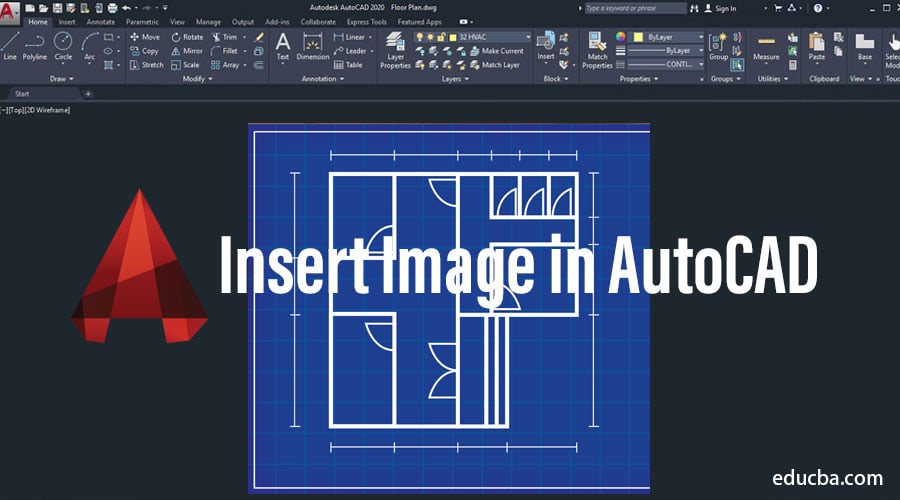



(Stone materials in your building or landscape won’t evaporate and wander lonely as a cloud that floats on high o’er vales and hills - unless you follow the last tip and purge unused materials.)įollow these tips to keep your model light and optimize SketchUp’s performance: Minimizing the stuff (or keeping your model light) can be like transforming stone into cloud - metaphorically speaking, of course: What once took lots of effort to sculpt or move becomes easy to model because it renders quickly. The more edges, faces, styles, materials, and so on, the more stuff SketchUp has to render as you work on your model. Setting OpenGL and anti-aliasing preferencesĮvery time you orbit, pan, zoom, draw, or edit, SketchUp is rendering what you see in the drawing area.It controls the display behavior of the objects, such as overlapping objects. To implement, type SELECTION CYCLING on the command line or command prompt, and press Enter. The Quick Properties command is used to display all the properties of the selected object. To implement these properties, type QP or quick properties on the command line or command prompt, and press Enter. Right-click on the above icon > click on Dynamic Input Settings.Ī dialog box will appear, as shown below: The command interface is placed near the cursor on the viewport of the drawing area. The Dynamic Input in AutoCAD includes a command interface, which is provided near the cursor. A dialog box will appear, as shown below: Right-click on the above icon > click on Object Snap Settings> Click on 3D Object Snap. The 3D Object Snap is used to specify a precise location on the 3D objects. We can select the desired points according to the requirements. Right click on the above icon > click on Object Snap Settings. Right click on the above icon > click on Tracking Settings. We can also define an additional angle.ĩ0 degrees is considered as the default angle.

We can use polar tracking with the specified polar angles of 90, 45, 30, 22.5, 18, 15, 10, and 5. It displays the alignment paths as we move the cursor near the defined angles. We can modify the parameters according to the requirements. Right-click on the above icon > and click on Snap Settings. We can also type ' +DSETTINGS' on the command line or command prompt to open the Drafting Settings dialog box. We need to write STATUSBAR on the command line and press '1' to display the status bar and press '0' to hide the status bar. The status bar looks like the below image: It includes various settings that are present on the status bar (bottom of the screen). The categories under drafting settings are very crucial and helpful while creating drawings on the viewport in AutoCAD.


 0 kommentar(er)
0 kommentar(er)
